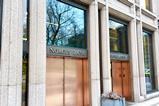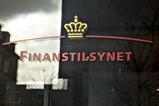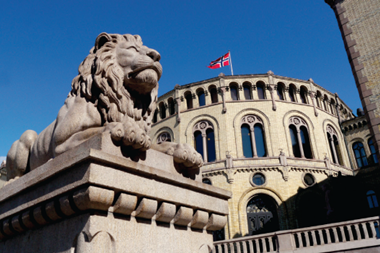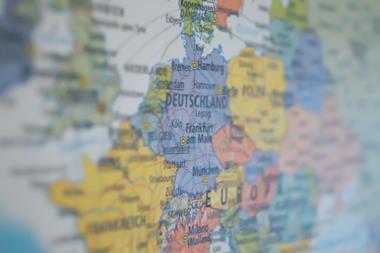Norway’s NOK903bn (€88bn) municipal pensions provider KLP reported a NOK7.9bn investment loss for January to March, but said in its first quarter report that the rise in interest rates would result in higher revenues for the Oslo-based institution in the future.
In the report published today, the pension provider said the return on its NOK662.5bn common portfolio was -0.75% in the first quarter of this year, though total group assets had increased by NOK1.6bn in the three-month period.
The firm said first-quarter results had been hit by weaker equity markets and higher interest rates, with the global economy having been heavily affected by the war in Ukraine and rising prices.
However, Sverre Thornes, KLP’s group chief executive officer, said: “The interest rate rise will give us higher revenues going forward and will help to limit our customers’ pension costs.”
KLP said its capital adequacy was well over its target of at least 150% without applying transitional rules, and that this reflected the company’s good financial strength.
Since the end of 2021, it said there had been two major changes in relation to its financial strength and capital – the most important factor for the solvency margin being the big rise in interest rates.
“This results in a lower capital requirement for life insurance and more available capital because the risk margin also goes down,” it said.
The other big change had been the implementation of a merged buffer fund, it said.
New rules on guaranteed pension products came into force in Norway on 1 January, which introduced a merged and customer-distributed buffer fund for municipal pension schemes – replacing the previous “additional provisions” and “exchange-rate adjustment fund” the schemes had.
The government said the change would facilitate a more neutral set of rules when moving municipal pension schemes.
Thornes said in KLP’s interim report that the rise in interest rates and the introduction of a common buffer fund had helped to strengthen its capital adequacy despite the fall in equity markets.
“We have solid financial buffers which safeguard customers’ pension savings in periods of negative market movements, so we can cope with the turbulence we are experiencing,” he went on to say.
KLP’s foreign and domestic equity investments had entirely different fortunes in the reporting period, with a -4.9% return for global equities and 4.7% for the firm’s Norwegian equity portfolio.
However, with international shares having the higher portfolio weighting, the overall return on equities was -3.2% in the quarter, with total exposure to shares and alternative investments, including equity derivatives, at 30.1% at the end of the first quarter.
In other asset classes, long-term and hold-to-maturity bonds returned 0.8% while short-term bonds made a 4.6% loss. Real estate, with a 14% weighting in the common portfolio, returned 1.4%, KLP reported.
Read the digital edition of IPE’s latest magazine































No comments yet